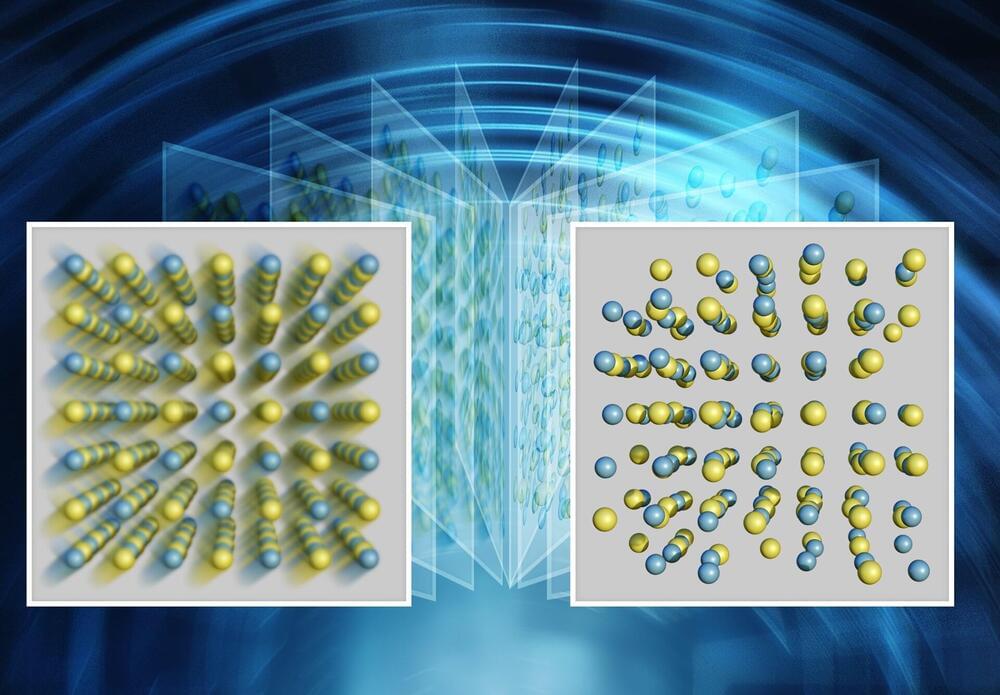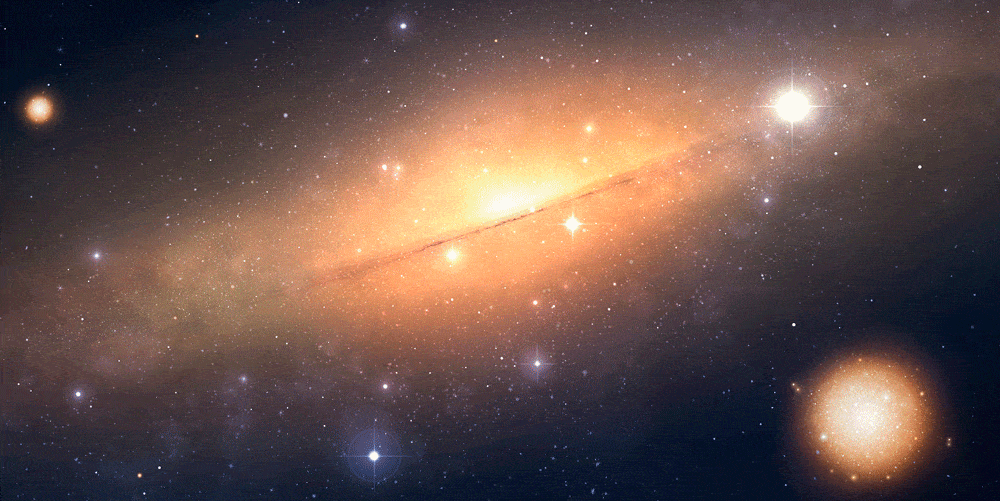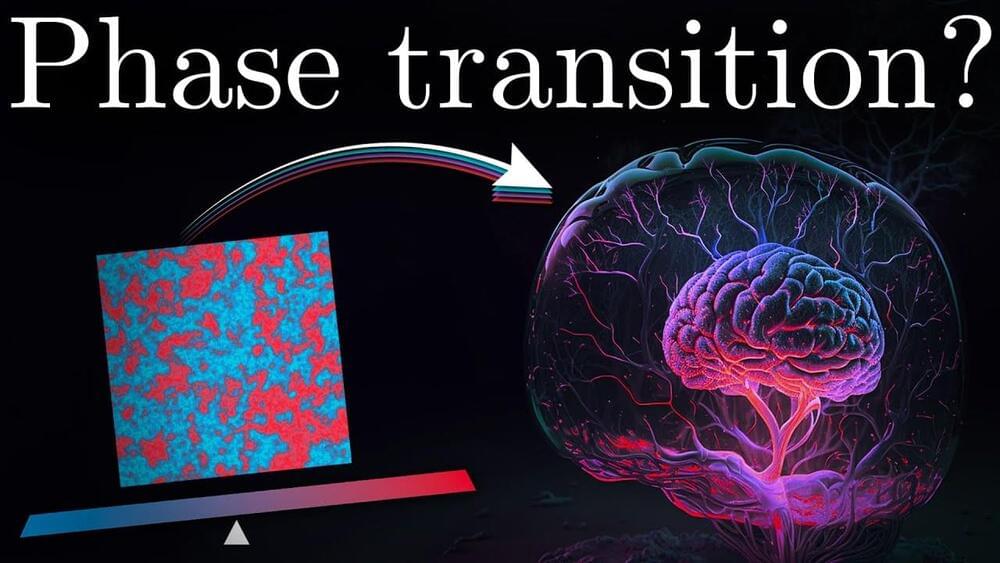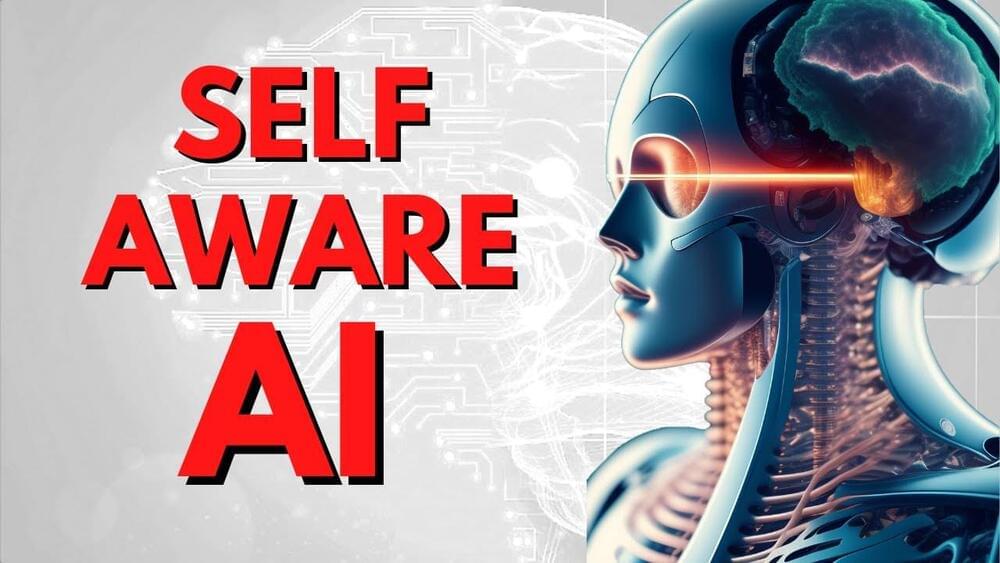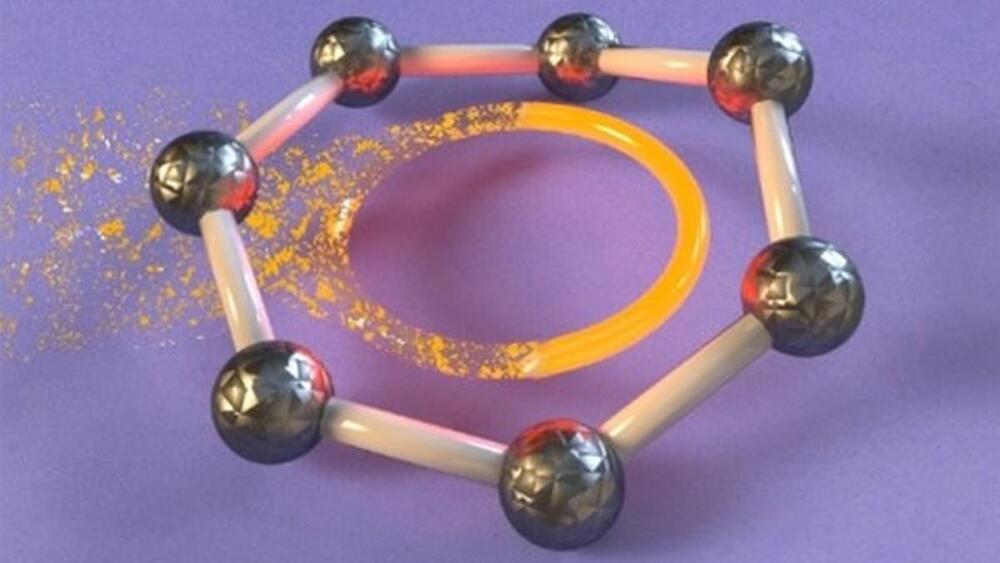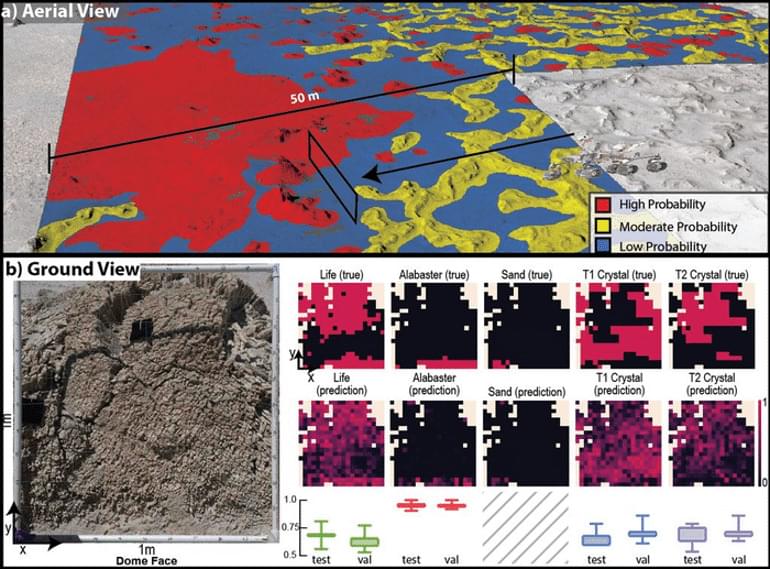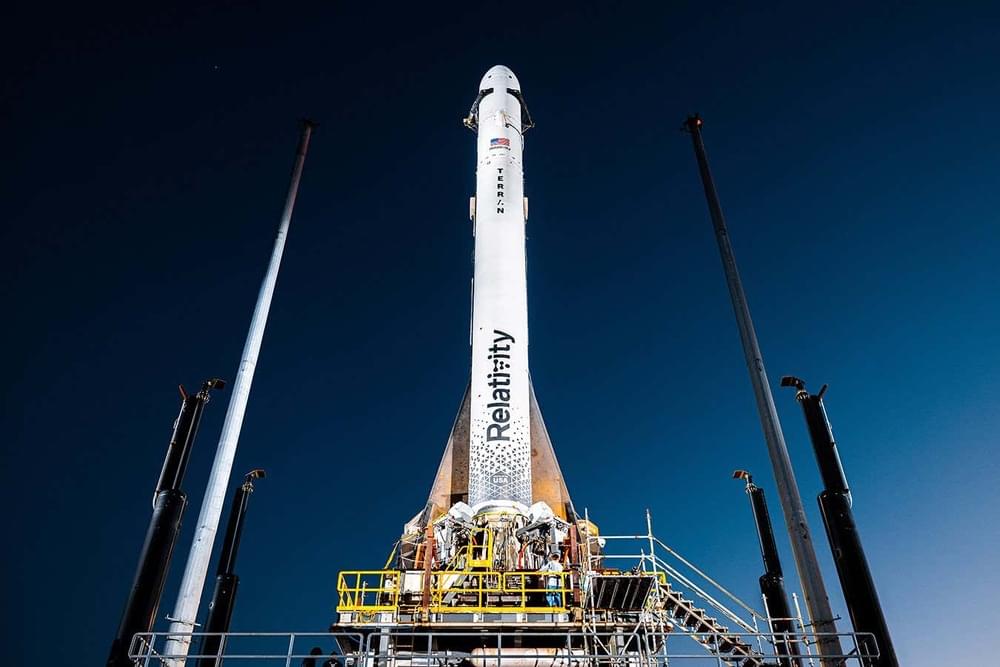Mar 7, 2023
New ‘camera’ with shutter speed of 1 trillionth of a second sees through dynamic disorder of atoms
Posted by Saúl Morales Rodriguéz in categories: particle physics, space, sustainability
Researchers are coming to understand that the best performing materials in sustainable energy applications, such as converting sunlight or waste heat to electricity, often use collective fluctuations of clusters of atoms within a much larger structure. This process is often referred to as “dynamic disorder.”
Understanding dynamic disorder in materials could lead to more energy-efficient thermoelectric devices, such as solid-state refrigerators and heat pumps, and also to better recovery of useful energy from waste heat, such as car exhausts and power station exhausts, by converting it directly to electricity. A thermoelectric device was able to take heat from radioactive plutonium and convert it to electricity to power the Mars Rover when there was not enough sunlight.
